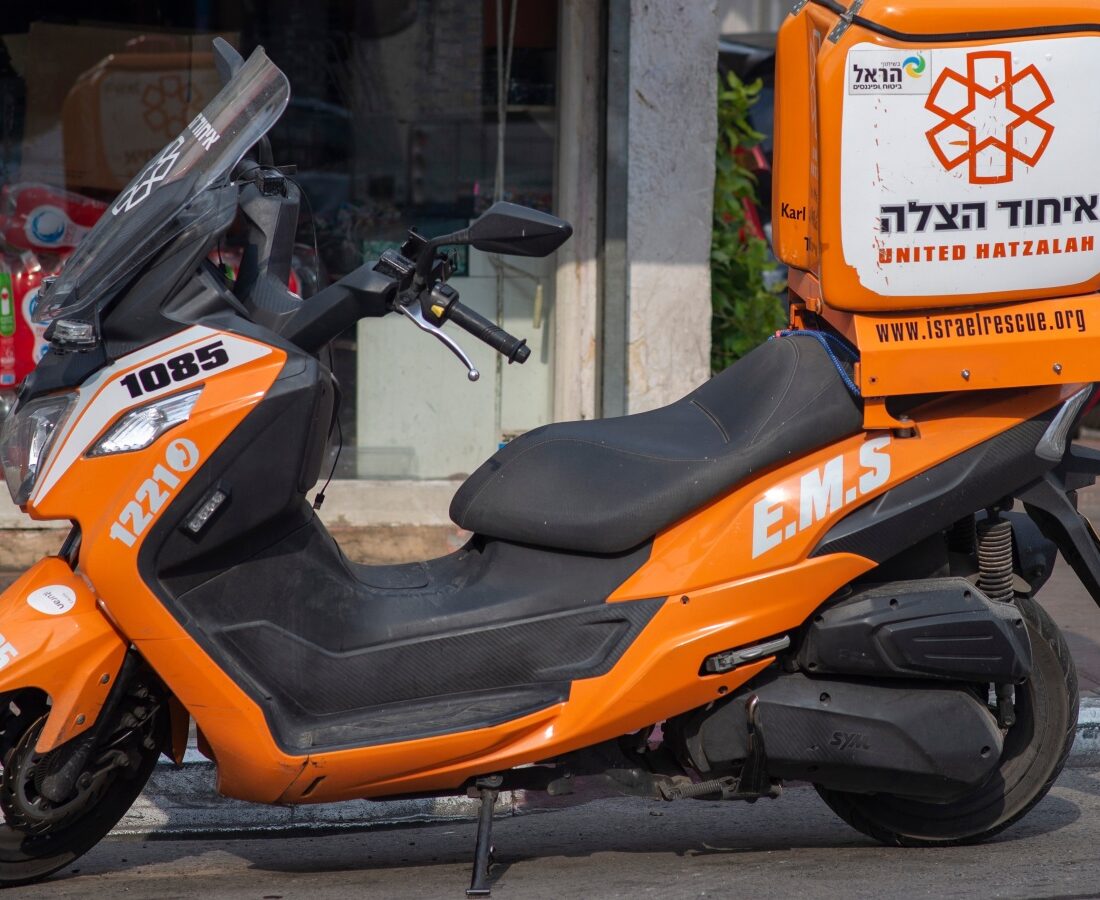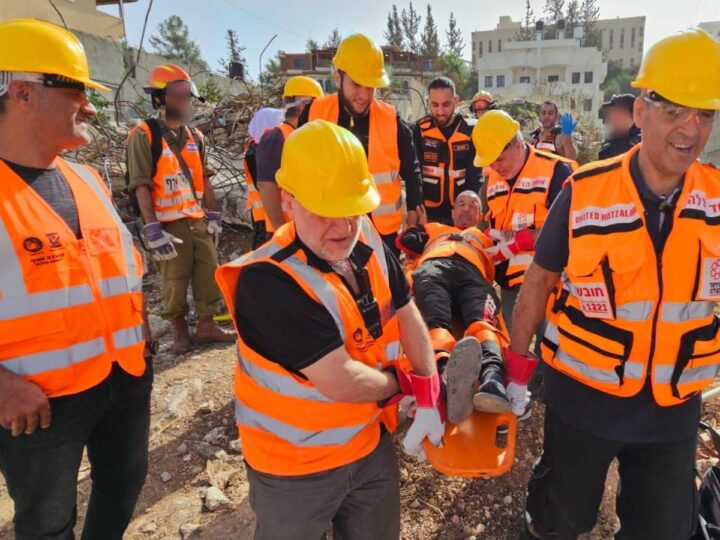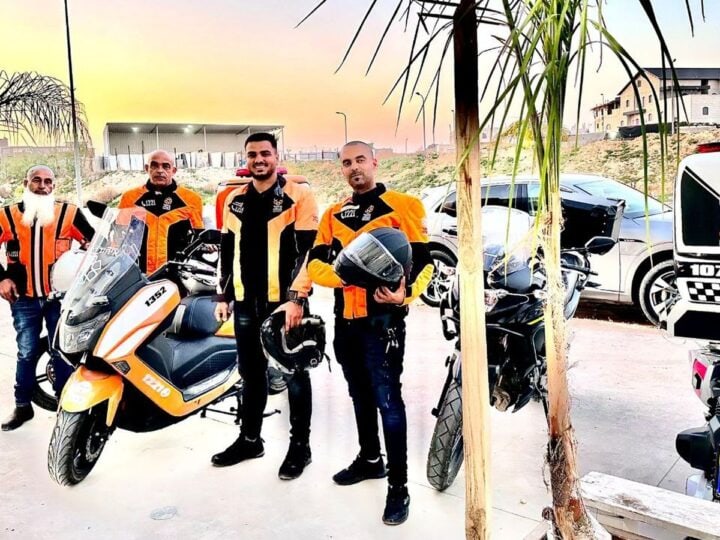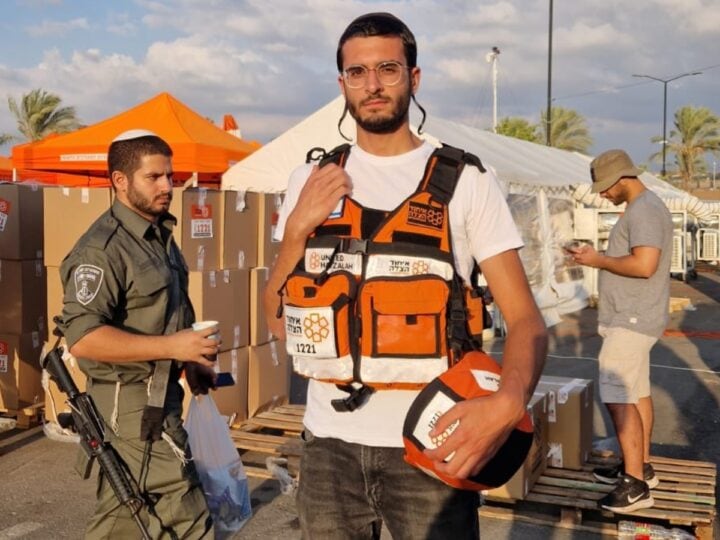When first responders answer a medical emergency call, reaching the person in distress as quickly as possible is paramount.
But in many remote Bedouin communities of southern Israel, this can be a real challenge because some of these are unauthorized villages without any clear order.
“There are no addresses and it’s very difficult to understand where they are,” explains Dr. Keren Moss, an internal medicine specialist and United Hatzalah community-based emergency response volunteer.
“You can’t say, ‘We’re at the second turn to the right and then we’re on the left.’ They will often bring the patient out, also because accessing the villages can be difficult from the road.”
Aiming to recruit more volunteers within these Bedouin communities, Moss proposed training students right in their high schools. “They’re in a certain place and if you come there that’s where they are. It’s an ideal setting for doing courses.”
Through the Rifman Institute, which works toward the betterment of the Negev’s estimated 300,000 Bedouin citizens, the first three-part course recruited some 30 students at the local Bir Hadaj high school. They were trained by Moss and Rami Shaya, head of United Hatzalah’s Har Hanegev branch.
For the first session, focused on CPR, the students came to United Hatzalah’s Kibbutz Sde Boker branch house. The second session, held at the high school, taught the volunteers how to handle bleeding injuries, sprains, fractures and burns.
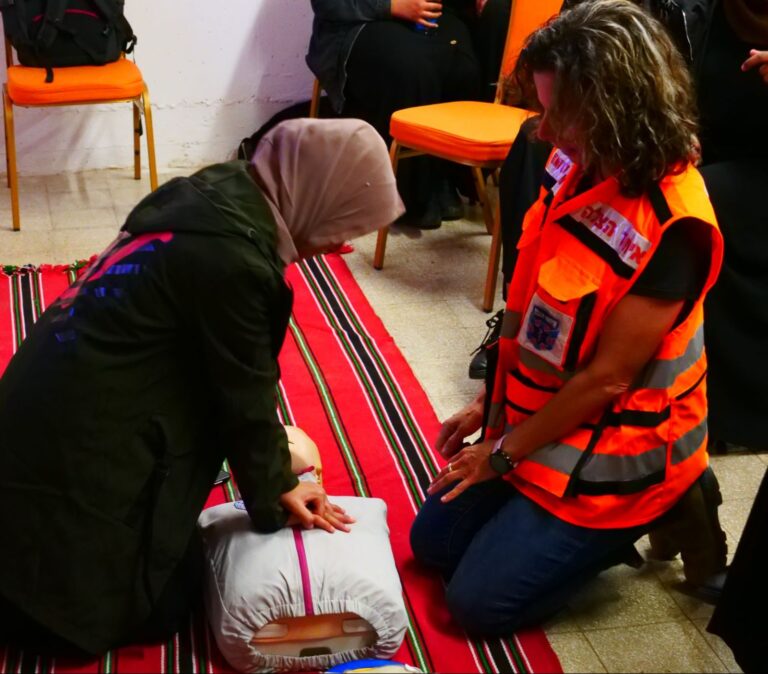
The third session presented several scenarios for the teens to practice their skills using first aid kits. United Hatzalah provided an ambulance for this drill.
“We try and balance the actual lecture with a lot of hands-on training, so it’s not boring for 16- and 17-year-old kids,” Moss says.
Cultural adaptations
“Each time, we’re learning more about how to do it. For example, we realized that in the hands-on exercise, separating the boys and girls has been very successful.”
This, she says, is always true when it comes to teens a bit shy about the opposite sex, but even more so when it comes to the largely conservative Bedouin population.
In the future, she hopes the course will become an annual offering and will incorporate more spoken and written Arabic.
“This year, the training was in Hebrew. That was partly intentional because if someone needs to talk to the emergency services for help, they’re going to have to speak in Hebrew. But we will increase Arabic next time.”
This time around, Moss and Shaya got translation help from Yasmin Ambatawi, an Arabic teacher, project coordinator and social involvement coordinator at the Bir Hadaj high school.
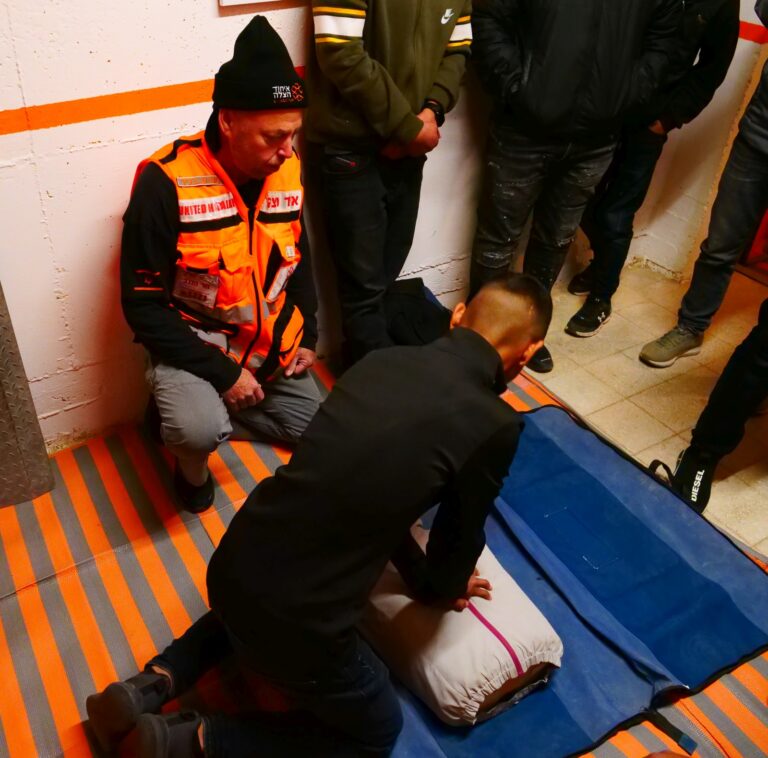
“Scheduling has also been tricky,” Moss adds. “They’re in high school and have exams. We also didn’t take into consideration Ramadan. Next year we’re going to look very closely at the calendar.”
Becoming ambassadors
Still, despite all the startup hiccups, this year’s mission appears to be a big success.
Moss says that the 30 students “enjoyed everything about it” and have shown enthusiasm and self-confidence.
“The students were really happy about it, and they want it to be even more than three or four meetings. High school is not always the easiest age to train. But they’ve been very receptive; they got really excited to learn something new that will also help them in their daily lives,” says Moss.
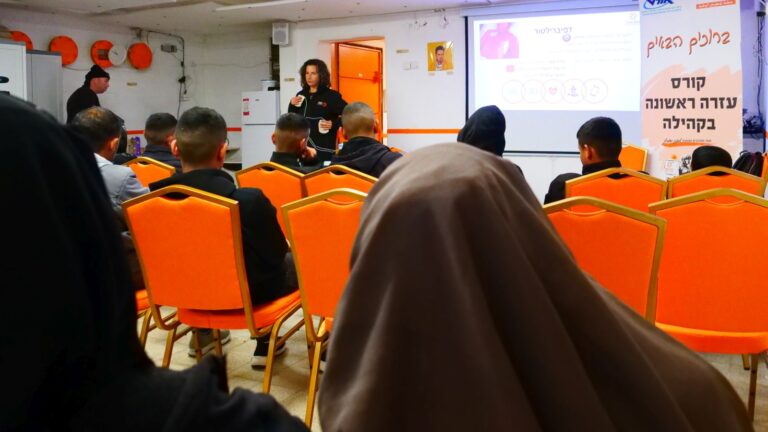
“Our hope is that the children in this course will become ambassadors in the Bedouin community in the Negev, allow us to arrive more quickly within Bedouin villages in order to provide good medical care, and help us communicate in a more effective manner. They can also provide some initial support around medical emergencies,” Moss tells ISRAEL21c.
She and Shaya hope to expand it to other villages outside of Bir Hadaj.
“We not only hope to develop better communication with the Bedouin community to help them help us give the whole community better service, but also to help young Bedouins feel part of Israeli society and able to contribute in a positive way,” concluded Shaya.




